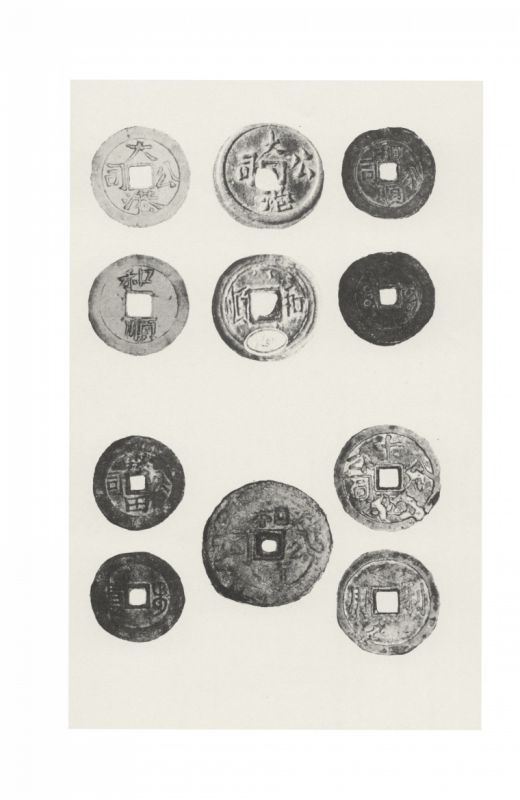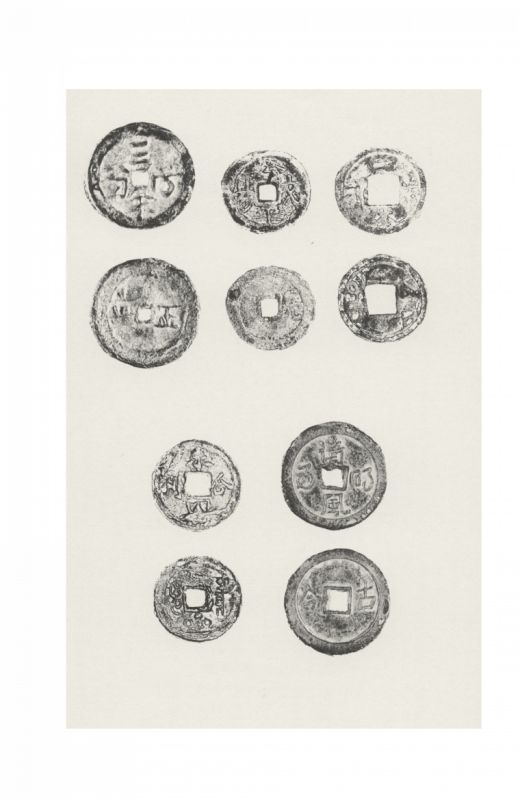David Borgonjon
Dulang (Malay)
A century before its discovery in California or Victoria, the gold streams in Borneo were already drawing laborers from Southern China, dreaming of wealth. There, they adapted their social technologies into the kongsis, mining collectives bound by brotherly ritual and profit sharing. With hydropower and sediment they went to work. They went to war with the Dutch East Indies Company (or kompeni), but mostly with each other.
In this Qing extraterritoriality, silver was the medium of circulation and the measure of value. Gold, a mere commodity, was folded into envelopes and stamped with the kongsi seals ("Three Ditches," "Great Harbor," "Orchid Fragrance") to guarantee purity—all so it could be exchanged for silver. The kongsis were machines for importing labor, transforming it into gold, and exchanging that for silver.
One miner, Luo Fangbo—failed literatus, Hakka of Mei County, founder of the Lanfang Kongsi—has since been mythologized as an entrepreneur, a republican, and a colonist. He did not write these myths, but he did write a poem, "Rhapsody on Gold Mountain." This rhapsody tells, in the elegiac language of loss, of technologies in translation: "The dulang swirls at my breast, [the dirt] separating and merging."
Dulang is Malay for a conical gold pan, made of wood or metal. Swirling the pan expels the gravel and allows the gold grains to sink to the bottom. Hakka and Teochew settlers like Luo married Dayak women; their mixed children were not permitted to lead the kongsis. The records suggest a strict hierarchy organized by native place, race, and gender, even if in West Kalimantan today, there is no dulang that can easily separate Chinese from Malay from Dayak.
Scandals and rumors about illegal Chinese immigration into Indonesia circulate daily in Indonesia. In the last few decades, it has been Chinese capital that travels, not labor, with the support rather than the disdain of the court. The dulang shows that capitalism today did not simply originate in the West, but rather is a deluge formed where many cultural tributaries have flowed together.

The mining settlements of Western Borneo made pewter coinage out of imported lead and tin, which they would have paid for with exports of gold powder in sealed paper envelopes. Here, the distinctions between money and other commodities blurs.
Image adapted from Yih and Creek, "The Gongsi Cash Pieces of Western Borneo and Banka," The Numismatic Chronicle, vol. 153, 1993.

The mining settlements of Western Borneo made pewter coinage out of imported lead and tin, which they would have paid for with exports of gold powder in sealed paper envelopes. Here, the distinctions between money and other commodities blurs.
Image adapted from Yih and Creek, "The Gongsi Cash Pieces of Western Borneo and Banka," The Numismatic Chronicle, vol. 153, 1993.